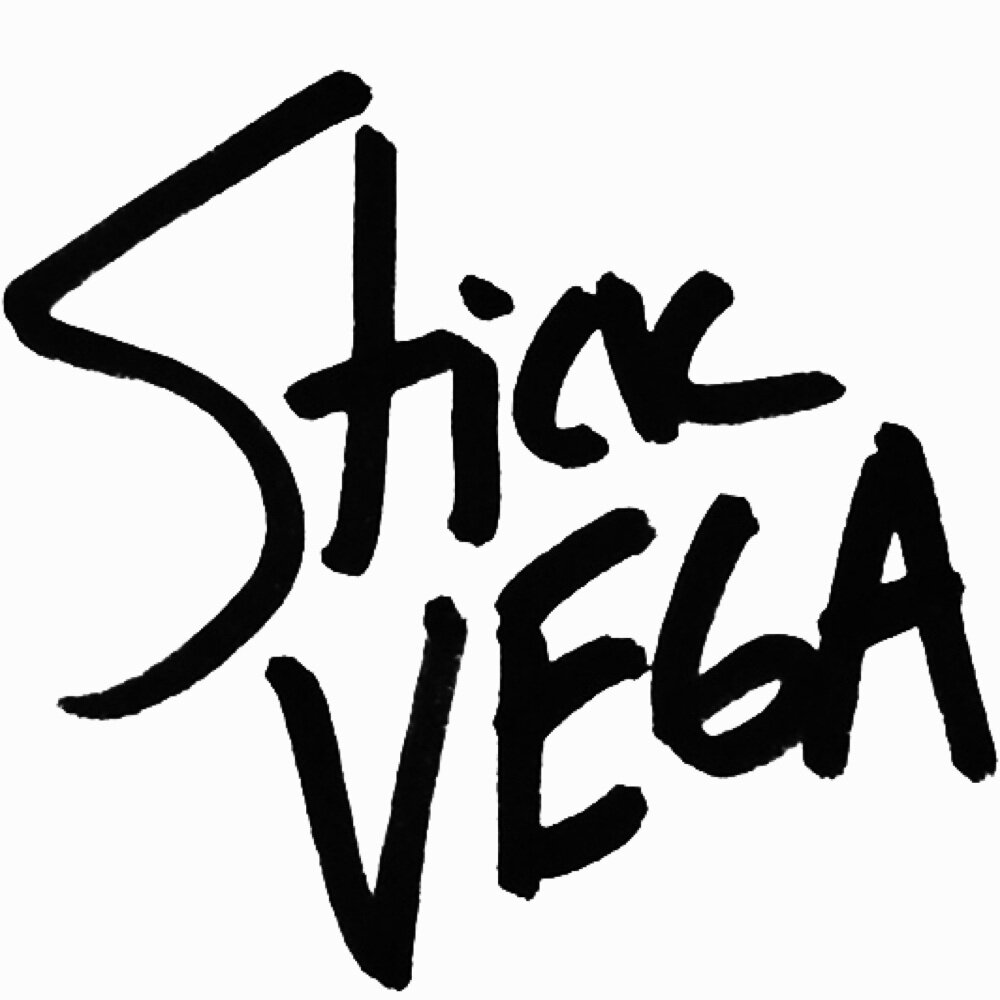How To Make Explosive Gunpowder Art! (An Open Letter)
Howdy Laura and Shaelyn:
Thanks for reaching out and I will help if I can. The process of making explosive gunpowder art is really pretty simple and safe if you follow a few things. You can call me at any time if you would like to talk it through.
Here is how to make explosive gunpowder art:
1. Get some gunpowder. You can really change the blast and lines created by the grade you use. So I would start with a medium/fine grade. Not cannon powder or coarser grades. Most of the time I get my gunpowder at Graf and Sons.
2. I normally light my projects with a fuse so I can be back a few feet when it blows up. I get my fuse at Cannon Fuse Company. A good place to start is 2.5 mm Yellow Artillery fuse. It burns slow enough to stay in control, but fast enough to still have it fun and leave cool marks.
3. You can burn paper, canvas, wood, even metal. Paper is the easiest and least expensive. It is also the easiest to destroy. I like to use acrylic coated paper as it leaves good marks but does not burn through too fast. I've been using a lot of Strathmore 400 series acylic coated paper recently.
So for a simple process:
1. I start by taping a piece of paper to a flat board. It is easier to move. And having the paper pressed against the board prevents burn through. I will paint some base colors and cover the sheet of paper. (You don't have to do this, or you could paint on figures or abstract areas etc.) I have used lots of different paints and spray paints. For the most part I have been using blended acrylics.
2. Sometimes I will use paper stencils to reverse out areas and protect them from the burn. I hold the stencils in place with small rocks. The rocks are also great for making organic burns and open areas.
3. I will use fuse at certain times to create lines and different textures than the gunpowder. I will hold the fuse down with rocks every few inches. (The fuses will fly if not held down!)
4. Then, I will put gunpowder in areas I would like to char and burn. Less is better. It fills areas pretty quickly. (I have mixed the gunpowder with different pigments at times for varying effects.)
5. I will run 4 or 5 feet of fuse to the artwork and have it connect with gunpowder to light the entire piece.
6. I light the piece. That is the moment of anticipation. What might happen? Pure art! I use a strong flame lighter.
7. Explosion. It will not be loud unless you follow a different technique to seal it up.
8. I remove the rocks and Then I use a scraper and gently scrape off the debris. A vacuum works well too.
9. The I use a light stiffness brush to brush the piece off.
Sometimes I will add more paint at that point. Or use a marker of even a pencil to add to the design. Or I will add more gunpowder and go through the process again.
Paint. Boom. Scrape. Repeat!
Saftey:
You may need to check with your local fire department and/or with your school for requirements.
1. I wear light work gloves.
2. When the piece lights you should have people back a distance, maybe 15 or 20 feet. I goes without saying, if you are too close you will get burned!
3. Everyone that attends my blasts wears safety glasses. This is a must.
4. I have a fire extinguisher at the ready.
5. Start small and practice. The first piece I ever created had way too much gunpowder! Yikes!
It takes a little bit to get the hang of it, but it is a simple process, using the fuse and gunpowder is sort of like an angry, hot, exciting, charcoal pencil.
Each piece is totally unique. And there are infinite possibilities!
I have attached a few photos!
Boom!
Here are a couple of photos. (There are also lots of photos on stickvega.com)
1. A basic set up with rocks fuse and gunpowder on spray painted paper. (The header photo)
2. A fuse connected to the artwork. It is sitting on rocks to keep the edge of the artwork from burning.
3. A set up with a paper stencil of a man.
4. Explosion.
5. Art
Stick Vega is the American Gunpowder Artist, former CEO, and author of LESS KILLING. Stick currently lives and creates explosive pop art at The Blast Factory in Madison, Wisconsin. Not limited to one medium, he works in gunpowder drawings and paintings, photography, digital art and writing. Follow Stick on Facebook and/orTwitter.





